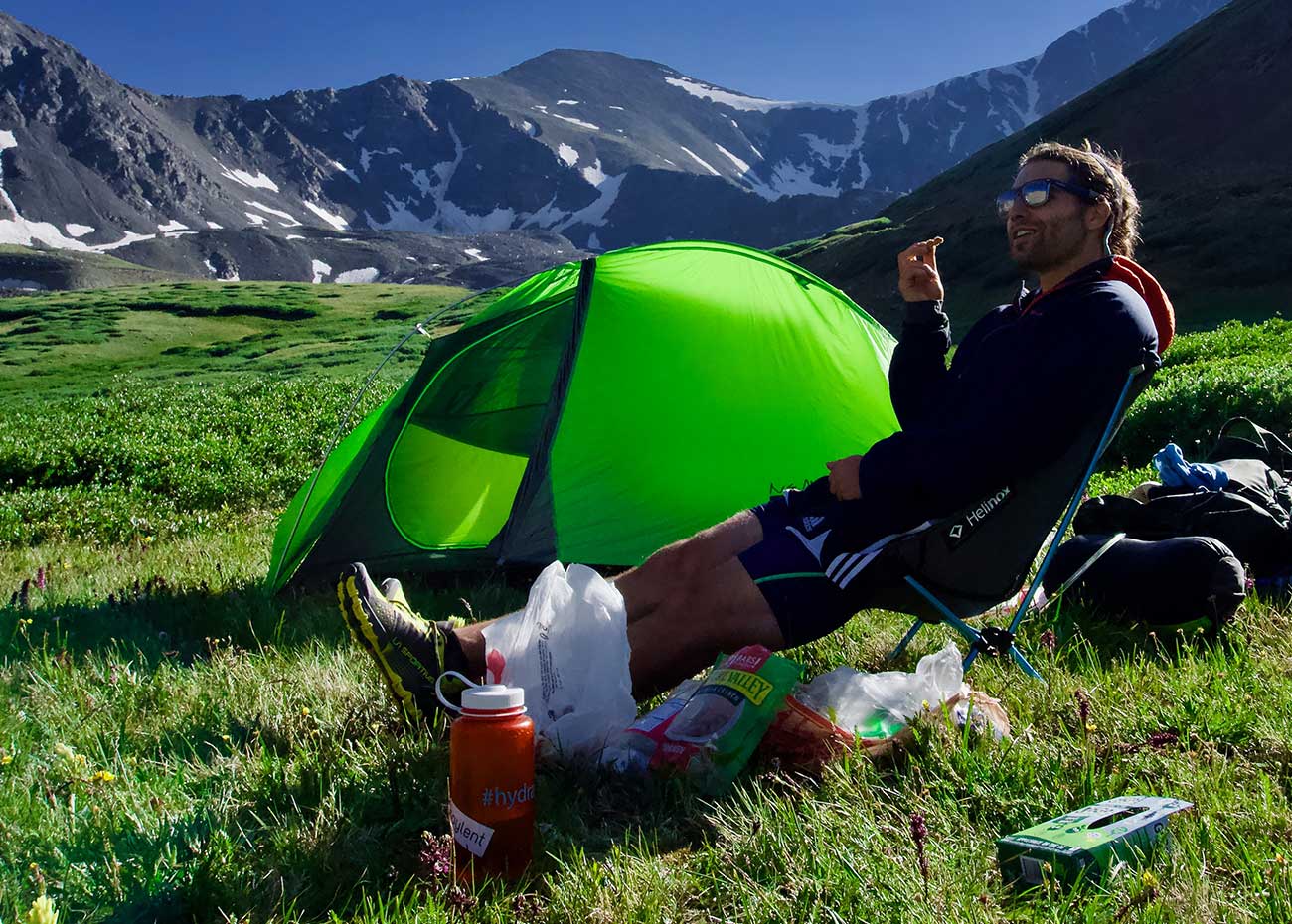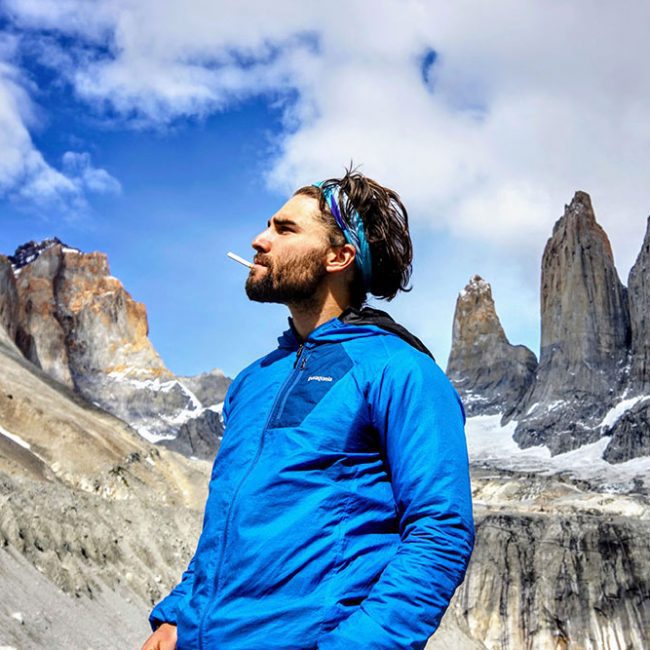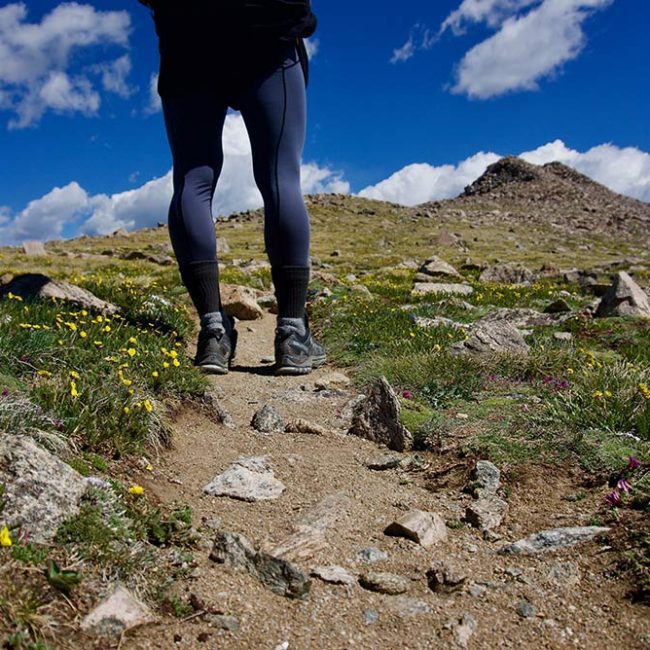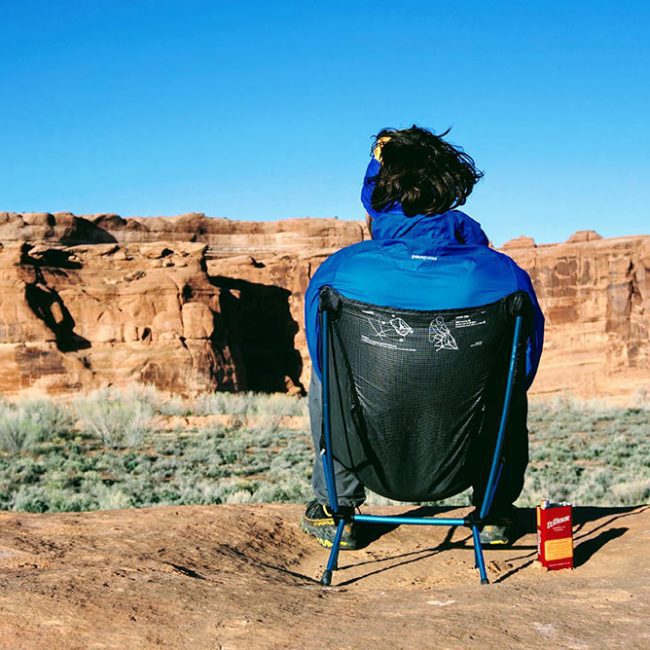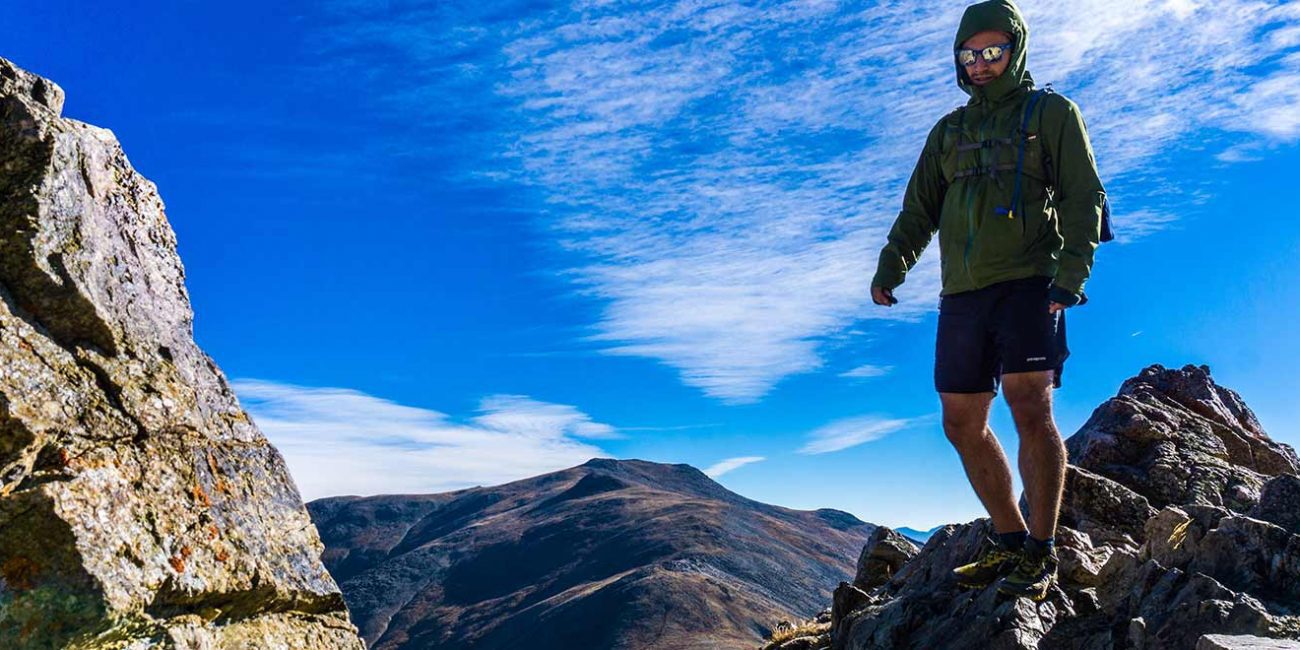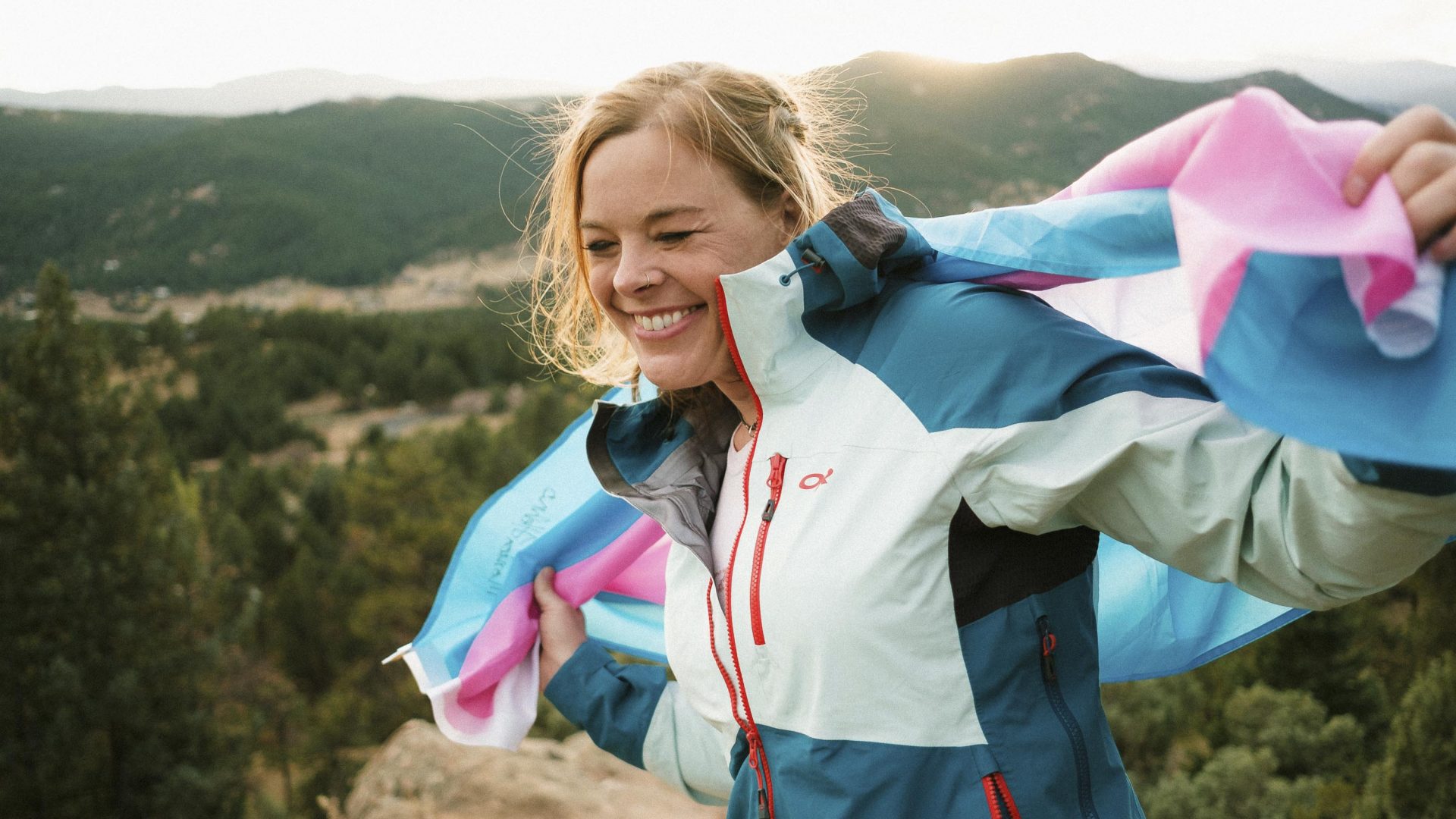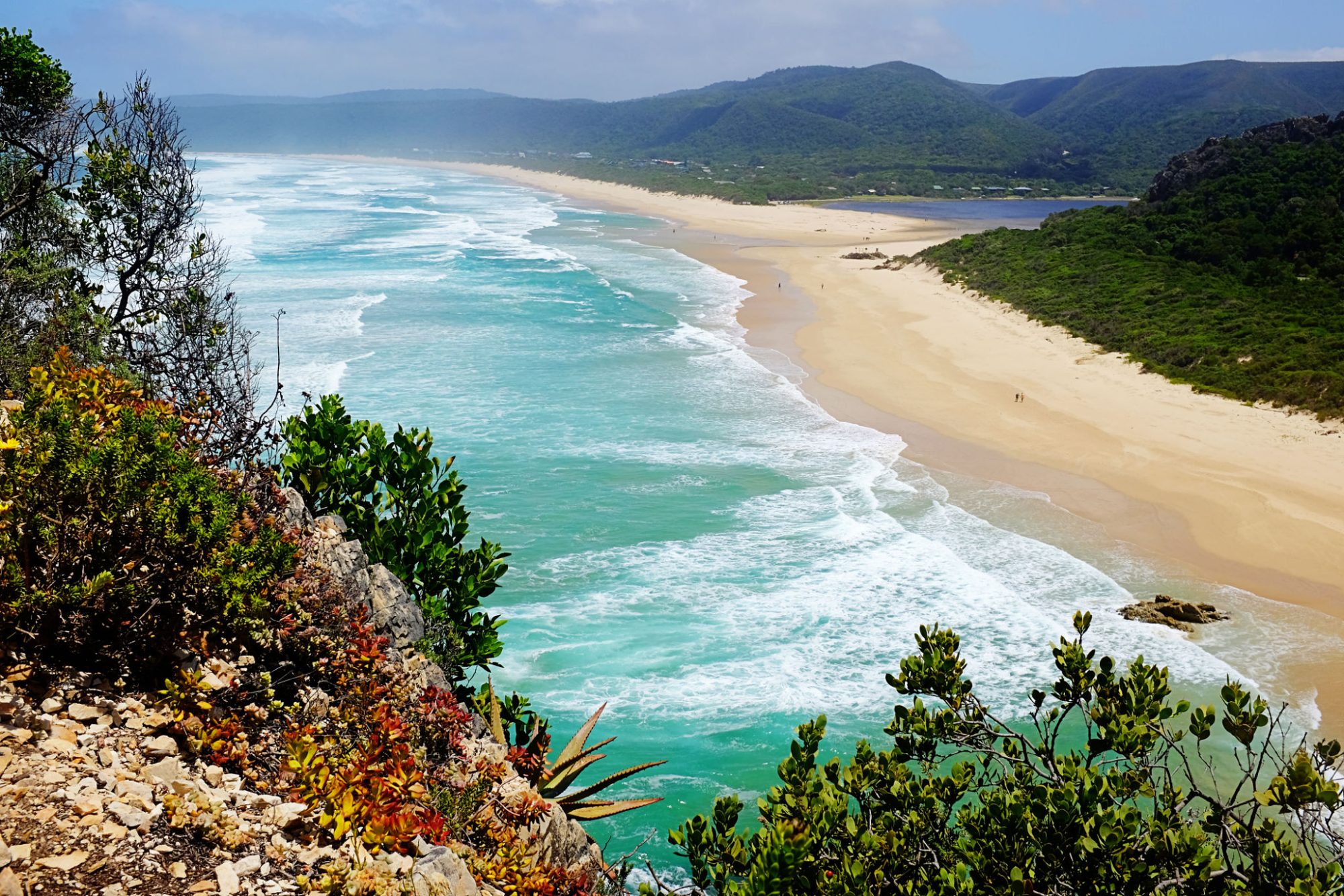How to spend more time outdoors on the trails through Fall & Winter
We’ve reached that time in the year when our clocks roll back and the evenings become officially dark. You must have looked out the window at around 5 pm in the week and immediately told the person nearest to you that you ‘couldn’t believe how dark it was. It definitely becomes harder to get outside and live adventurously at this time of year, but not impossible. Resist the temptation to curl up on the sofa, binge-watching your favorite show all winter, and instead, get out and. Here’s how to spend more time outdoors through fall and winter
Many parks relax their reservation and camping permit systems starting in late fall, which means easier trail access than any other time of year.
For most, the hiking season ends when the last leaves drop. But if you’re used to hanging up your boots in the fall, you’re missing out on some serious magic. In winter, the crowds vanish, leaving quiet trails. Regions with snow-dusted branches and sunlit frost cast the world in a new light. Pesky insects vanish in the cool, crisp air, and leafless branches reveal hidden views. The cherry on top? Many parks relax their reservation and camping permit systems starting in late fall, which means easier trail access than any other time of year.
This fall and winter, don’t lose your momentum. Instead, make the most of the cold months with these tips for maximizing your trail time.
Layering for Cold Weather
Your first line of defense against the cold is your clothing. Build a smart layering system and you’ll be able to fine-tune your personal thermostat no matter what the weather does. The trick is to stay just warm enough while minimizing sweat, which can leave you damp and chilled. Your cold-weather kit should include a synthetic or merino wool base layer, a lightly insulated mid-layer like the Insulation Jacket, a thick puffy coat like the Down Jacket, and a waterproof shell to deflect rain or snow like the Eco-Shell Jacket.
As for bottoms? In moderately wet and chilly weather, mid-weight, water-resistant hiking pants like the *** Trousers can be a great choice. If you expect much precipitation or deep snow, though, you may need shell pants like the *** Shell Trousers, which are fully waterproof and have long side zippers for venting heat. In temperatures below freezing, you’ll likely want to wear synthetic or merino wool base-layer bottoms beneath your hiking pants.
Fuel Up and Don’t Forget to Hydrate
The human body is a furnace: add fuel, get heat. Plus, between carrying heavier gear and the laborious work of hiking through snow, most hikers need way more calories in winter. So, when you’re out in cooler weather, aim to eat a snack at least every hour (and bring plenty of extras).
Pro tip: make sure all your food is freeze-proof. (Most granola and protein bars go rock-hard as soon as the mercury drops.) Fatty foods are both cold-resistant and provide dense sources of fuel that will keep your internal fires burning. Because cold weather can dampen appetites, bring at least one salty option and one sweet option, and make sure it’s real food you’re excited to eat. Some favorites are cheese, jerky, salami, milk chocolate, nuts, banana bread, and bacon.
Lastly, don’t forget about hydration. In cold weather, it can be hard to remember to drink water. But cold, dry air sucks moisture from your breath, which means you’re slowly dehydrating yourself even if you aren’t sweating. Plus, proper hydration keeps your blood thin, which allows it to more easily flow into the tiny blood vessels that keep your fingers and toes warm. To keep water drinkable, opt for bottles over hydration reservoirs with hoses, which can freeze. Remember that water freezes from the top down, so store bottles lid-down. That way, if you do get a layer of surface ice, it won’t cut off your access to the liquid water beneath.
Where to Go
Earlier last year, we rounded up some of the country’s most scenic and rewarding trails (check all of them out in our interactive Backpacker’s Handbook). But when the air cools, a few of the trails on our list really start to stand out. Here are three hiking hot spots that are better in the fall and winter.
Top 7 Winter Hiking Trails in South Africa
- Klipspringer, Augrabies Falls National Park
- The Fanie Botha Trail
- Wellington Wine Walk, Cape Winelands
- Olifants River Back Packing Trail, Kruger National Park
- The Num Num Hiking Trails
- Wild Coast Walk, Wild Coast
- Elands River Trail, Boland


